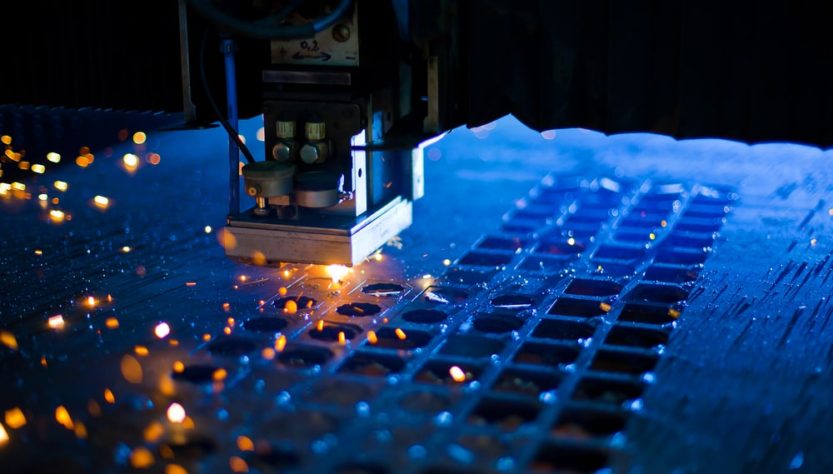There is an organization within the U.S. Department of Defense working on developing what are known as quantum sensors. That department, the Defense Innovation Unit (DIU), is not focusing its efforts on military operations. Rather, it is seeking to develop quantum sensors for all sorts of commercial applications – probably in concert with the private aerospace sector as well.
The question is this: what are quantum sensors and why does the aerospace industry care? It turns out that quantum sensors are the future of deep space travel. If humanity is ever to travel beyond what we can see with a telescope, we need better navigation systems. Current GPS technology is just not capable of facilitating deep space travel.
-
GPS is Orbital
As good as GPS technology is, it is orbital in nature. In other words, satellites continually orbit the earth in order to provide an ongoing network of way points that can be used for positioning purposes. The satellites are also used for mobile phone signals, land-based navigation, and so forth.
GPS satellites are not useful for deep space travel for two reasons. First, their signals are not strong or reliable enough to safely guide spacecraft traveling beyond our solar system. Second, way points on Earth lose their effectiveness as navigation guides the farther away you get. Thus, we need something else. That is where quantum sensors come in.
-
Different Kinds of Sensors
Rock West Solutions, a California company that develops sensors for the aerospace industry, explains that quantum sensors are a different kind of sensor in what they measure. A photo sensor measures light waves; an audio sensor measures sound waves; a quantum sensor measures quantized energy. Think of quantized energy like money.
Our monetary system is based on the U.S. dollar. We have different denominations of bills and coins to work with: one-dollar bills, five-dollar bills, etc. Quantized energy is energy measured in terms of volume. Different volumes of energy are divided into different denominations, as it were, known as packets.
The most important thing to know about quantized energy is that it can take multiple forms. Quantum sensors measure energy at the subatomic level. Therefore, energy sources can range from stars and planets to the very inertia of a spacecraft moving through space.
Right now, the tricky part is learning to harness energy sources that meet the four criteria for quantum sensors:
- Discrete, resolvable energy levels
- Initialization and performance capabilities
- Coherent manipulation capabilities
- Interaction with, and response to, physical quantity.
The energy sources are there, according to Rock West engineers. The challenge is building sensors capable of taking advantage of deep space energy sources for safe navigation.
-
Testing is Harder
To the untrained, developing quantum sensors might seem to be an easy task given that we already know what energy sources can be utilized. But consider just how difficult it is to test quantum sensors for deep space. Without actually being in deep space and knowing what we are dealing with, testing must be based on educated guesses.
This suggests that testing has to be a lot more thorough and rigorous. Researchers have to test every conceivable angle, and then some. Nothing can be left to chance. That is what the DIU and its private sector partners are now engaged in. They are developing new quantum sensors and testing them rigorously.
The quest for better quantum sensors in aerospace is really about enabling deep space travel. We want space vehicles that can go beyond our solar system. In order to do that, we need a reliable means of navigation. Quantum sensors are that means.


